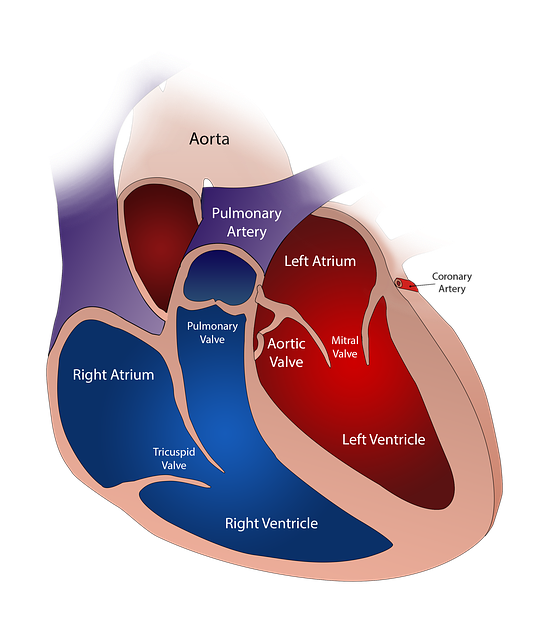Atrial Fibrillation
Atrial Fibrillation is commonly referred to as A-Fib. Atrial Fibrillation is the result of the two upper chambers (the left and right atriums) of your heart muscle beating chaotically and out of rhythm with the two lower heart chambers (the left and right ventricles). The electrical signals that normally control and coordinate the heartbeat cycle are short-circuited, with individual muscle cells firing off signals randomly causing the upper part of the heart muscle to appear like a “bag of worms”, as it is often described. The turbulence of the blood flow inside the heart chamber is an important concern here as this washing machine action increases your risk for small blood clots to form which can lead to strokes and potential heart failure if left untreated.
Atrial Fibrillation can present with NO SYMPTOMS and is often picked up as an incidental finding during a routine resting EKG (Electrocardiogram which checks the heart electrical activity/function). If symptoms are present, they are often mild with just a “flutter” in the chest—like a hiccup in your normal heartbeat…a palpitation experience as they call it. These mild symptoms often disappear quickly, sometimes as fast as they presented, as the heart re-boots itself and moves back into a coordinated (called Normal Sinus Rhythm) electrical conduction pattern. While palpitations, Atrial Flutter and Atrial Fibrillation are rather common conditions, they are generally NOT life-threatening when properly treated but they can be a very serious medical condition.
The treatments for A-fib can be as simple as changes in diet: for example, ingesting stimulants such as caffeine which increase cardiac irritability. Other treatments can be medications that slow the heart rate or reduce the muscle irritability as well. In more serious situations that do not readily respond to today’s medications, the heart can be “de-Fibrillated” (called cardioversion) under sedation, in an operating room setting, in order to reboot the signal pathways. There is also Cardiac Ablation, a relatively new and improving procedure where that section of the atrium causing the misfiring of signals, is identified by electrical mapping and simply “ablated” or killed off by one of several current methodologies. Ablation has about a 40% success rate on the first attempt so it is not unusual to have two or three procedures before all the irritable misfiring heart muscle cells are removed from the playing field. Cardiologists are very good at starting with a small area of ablation in attempting to minimize any excess muscle damage.
You should not be worried if you have had more than one ablation procedure… or a defibrillation procedure… or are currently being treated with medication for A-Fib.
Can YOU get life insurance protection with AFIB?
Most likely YES!!

Please click below and one of our team will be happy to address your questions or concerns.
Can YOU get life insurance protection with AFIB? Most likely YES!!
